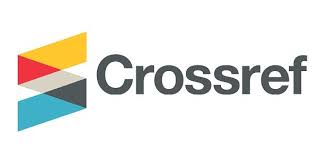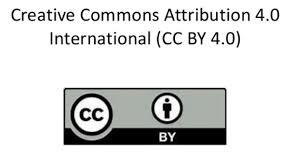Consumer perceptions and willingness to pay for safe fish in Bangladesh: empirical evidence from Mymensingh district
DOI:
https://doi.org/10.47440/JAFE.2025.6306Keywords:
Aquaculture, Bangladesh, Consumer perception, Food safety, Pangasius, Safe fish, Willingness to pay (WTP)Abstract
Ensuring food safety in aquaculture has become critical in Bangladesh, where fish is a vital source of protein. This study explored consumer perceptions and willingness to pay for safe Pangasius in Mymensingh district of Bangladesh. Data were collected from 80 consumers through a structured survey utilizing random sampling and analyzed using perception indexing and an Ordinary Least Squares regression model. The analysis revealed that 89 percent of consumers were willing to pay a premium for safe fish. Willingness to pay increased significantly with higher education, income, and profession of the consumers. Specifically, higher education levels were associated with an incremental willingness to pay of Tk. 22.02 per kilogram, while consumers with monthly incomes exceeding Tk. 50,000 were prepared to pay a premium of Tk. 26.67 per kilogram. Notably, teachers demonstrated the highest willingness to pay, with a premium of Tk. 29.38 per kilogram. The primary factors influencing consumer perceptions were health concerns, labeling and certification (index value of 0.82), and accessibility (index value of 0.7956). Among the reasons for avoiding Pangasius, 22.5 percent of consumers cited concerns over low-quality feed, followed by apprehensions about water quality and fat content, each at 17.5 percent. If safe aquaculture practices were adopted, the consumption of Pangasius could increase from 65 percent to 87 percent, reflecting heightened consumer confidence. The findings suggest that promoting certified safe aquaculture practices and transparent labeling could improve public health and enhance the profitability of the fisheries sector in Bangladesh.






 Publisher:
Publisher: 